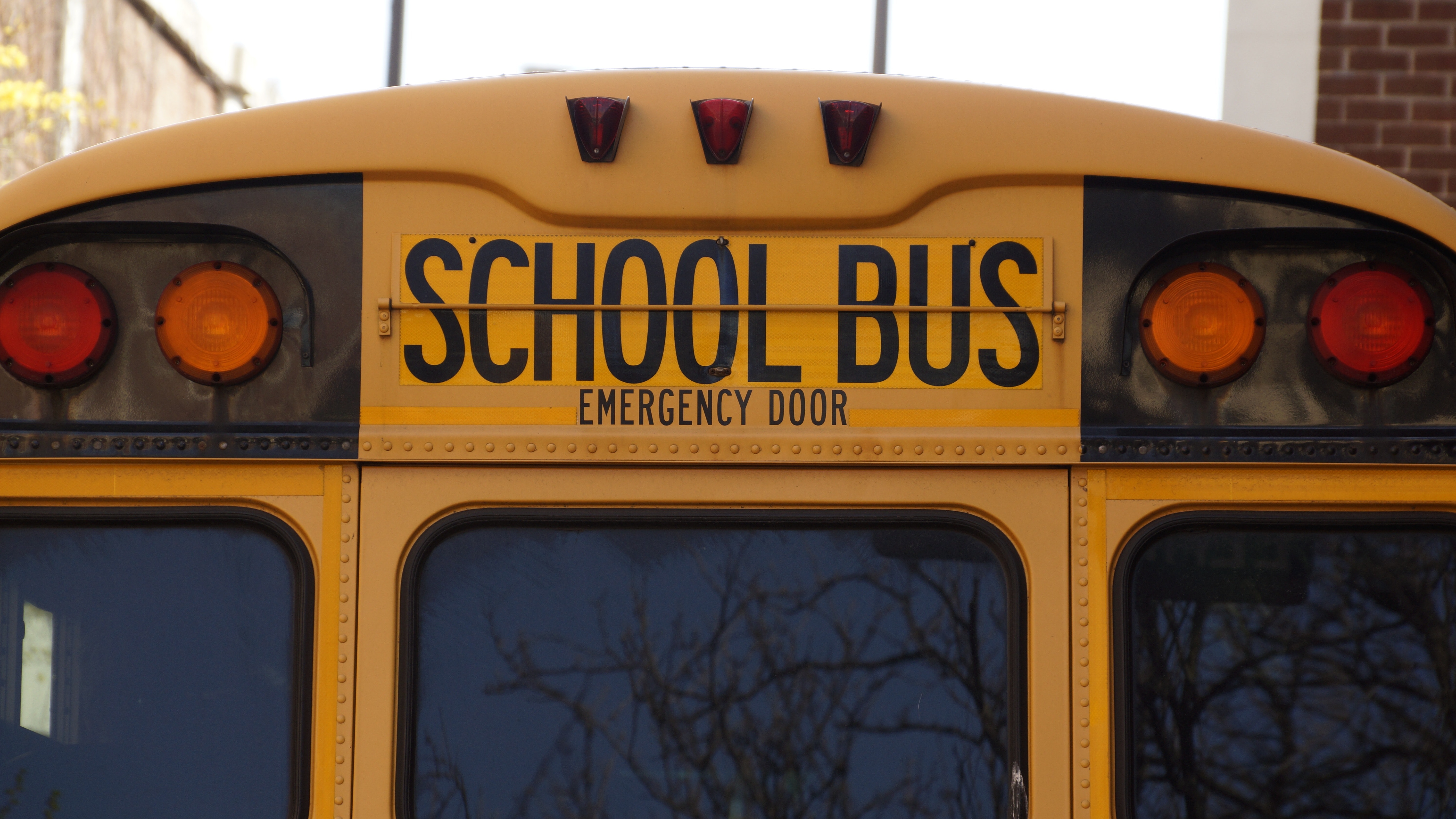When the N.C. General Assembly convenes on May 16, legislators will be “welcomed” by a throng of advocates for high-quality public schools – teachers prominent among them. More power to these noble loud-mouths, and may they make headway in their against-the-tide quest for better pay and working conditions, more school resources and (gasp!) more respect.
The first gauge of their success will be the annual state budget that goes into effect July 1, to be put together under the gimlet eyes of the legislature’s Republican leadership. There’s likely to be a reprise of familiar themes: GOP lawmakers will highlight the pay raises they’ve granted teachers in recent years, while teachers and their allies will argue that those raises aren’t big enough either to attract promising recruits to the profession or to fairly compensate skilled veterans. They’ll note the challenges in keeping the state’s classrooms properly staffed.
Perhaps as the budget’s education components are being drafted, legislators will ask themselves how and why it is that North Carolina in effect is spending so much less on public education now than prior to the so-called Great Recession that took hold in 2009.
According to the Center for Budget and Policy Priorities (as reported by N.C. Policy Watch), our state is one of 29 with that dubious distinction – with spending down 12 percent when adjusted for inflation.
Actually, the answers are obvious. Education budgets, which consume the largest share of state outlays, have been whittled to help pay for the tax cuts for businesses and high-end earners that are a top Republican priority.
And conservative legislators scarcely bother to conceal their hostility toward teachers, who as a group tend to favor more progressive Democratic policies and candidates and who can readily be made to shoulder the blame for lackluster student performance, never mind the family and social factors that are the true culprits.
Risky remodel
With elections looming in the fall, and with Republicans on the defensive due largely to an erratic and unpopular president, this might not be the time for legislators to let that hostility escalate and to further antagonize a sizable voting bloc. Public school advocates perhaps can hope to see a few bones thrown in their direction.
Here’s something, though, that could end up putting any such short-term gains under a long-term cloud.
Since last fall, a special Legislative Task Force on Education Finance Reform has been working to carry out a tall order – nothing less than to design a new model for how public education in North Carolina is funded.
The twist is that the new model must be based on an approach that is both controversial and risky, in the sense that it could be a cure worse than what its conservative backers see as the disease.
The law that established the task force spells out its assigned mission: The group is to “develop a new funding model for the elementary and secondary public schools of North Carolina based on a weighted student formula.” That may sound like education bureaucratese, but it signals a legislative hankering to make a radical shift.
In a nutshell, the “weighted student” approach parcels out money according to numbers of students – taking into account that some students have needs that make them more expensive to serve. That’s where the weighting comes in.
State money for public schools now is distributed according to a model known as resource allocation.
There are two overall funding streams. The larger one pays for personnel, with each school district authorized to fill a certain number of positions depending on enrollments. The other involves categories such as transportation and textbooks. Proponents say this approach is more stable and dependable than the one being considered by the legislative task force, in which funding “follows the child.”
The choice factor
Not surprisingly, the weighted student model appeals to supporters of school choice – a movement closely aligned with the Republican power structure, which has eased rules for charter schools and channeled public funds toward private schools via “opportunity scholarships.” And it appears to have gained the most traction in states where public school funding has lagged.
The task force – which has held monthly meetings and gathered a range of feedback – in January received a thorough report from the N.C. Association of School Administrators comparing the two models.
The association examined how the weighted student approach has worked – or not worked – in several states. Mindful of the task force’s marching orders, it made suggestions as to how to make the best of the situation. But it left little doubt that in its view, a switch of models likely would be for the worse.
For example, it said, “Classroom teachers, instructional support (nurses, librarians, counselors, instructional coaches, etc.), assistant principals, and principals are all provided to North Carolina school districts via position allotments. Position allotments allow districts to hire the best candidates … without having to weigh salary considerations. A district deciding between a new teacher just out of college (state-mandated salary of $35,000) and a teacher with 25 years of experience and National Board Certification (state-mandated salary of $57,120) can choose between the two candidates based on their ability, rather than budgetary impact.”
The group noted an argument that paying for a certain number of teachers, as the current system does, means that wealthier districts tend to come out ahead because their teachers typically are more experienced. That echoes an overall tension between lawmakers from rural sections, many of them Republican, and their urban, mostly Democratic counterparts. Yet the weighted student model would hurt rural school districts because of declining enrollments, the administrators said.
Not enough, already
Hairs can be split over which funding model is better. Both are complicated to apply, and there might be ways to make the weighted student approach more effective. The ability and willingness of local taxpayers to finance an additional layer of school expenses – factors that vary widely across the state – blur the picture even further.
However, as the administrators’ group is determined to point out, a school financing model that works well across the state must rest on twin cornerstones – both equity and adequacy. It’s in the latter category where North Carolina continues to fall short.
“Without adequate funding,” the group said, “not even the most perfect school funding formula will allow schools to meet the basic needs of all students. While North Carolina has never conducted an adequacy study, there is strong evidence that the main barrier preventing all students from meeting state standards is a lack of funding.”
Would adopting a weighted student model help solve that problem? Not likely, based on the experience of other states.
“Of the 11 states with lower per-pupil school expenditures than North Carolina, 10 of the states utilize weighted student funding formulas,” the administrators said. In other words, if we made this change we’d have to be careful that it didn’t lead to further erosion in school spending.
Taking a broader view of the stakes, the group said the money-follows-the child approach “undermines the long-standing foundational premise of public school being a public good benefiting society at large, regardless of whether one has a child.”
It continued, “The property owner reaps the benefits of a strong public school system through increased property values; the business owner benefits from having a skilled workforce; the laborer benefits from skill-based wage increases.
“All benefit – whether they have children or not – from an informed, engaged electorate shaping community policy decisions. Given the important public benefits of strong education systems, finance models that determine budgets solely via the individual enrollment decisions of parents of school-aged children become inherently undemocratic.”
The task force is required to report to the state House and Senate by Oct. 1, a year from its creation. Its recommendations thus are likely to be a hot topic during the 2019 legislative session. From the standpoint of the N.C. Council of Churches and other advocates who see a robust public education system as indispensable to a just and prosperous society, there’s no point flatly dismissing the notion that the present system can be improved. But just as certain is that our legislature should not tie itself in knots attempting to fix things that aren’t really broken – especially while it allows adequate school spending to be sacrificed on the tax-cut altar.


